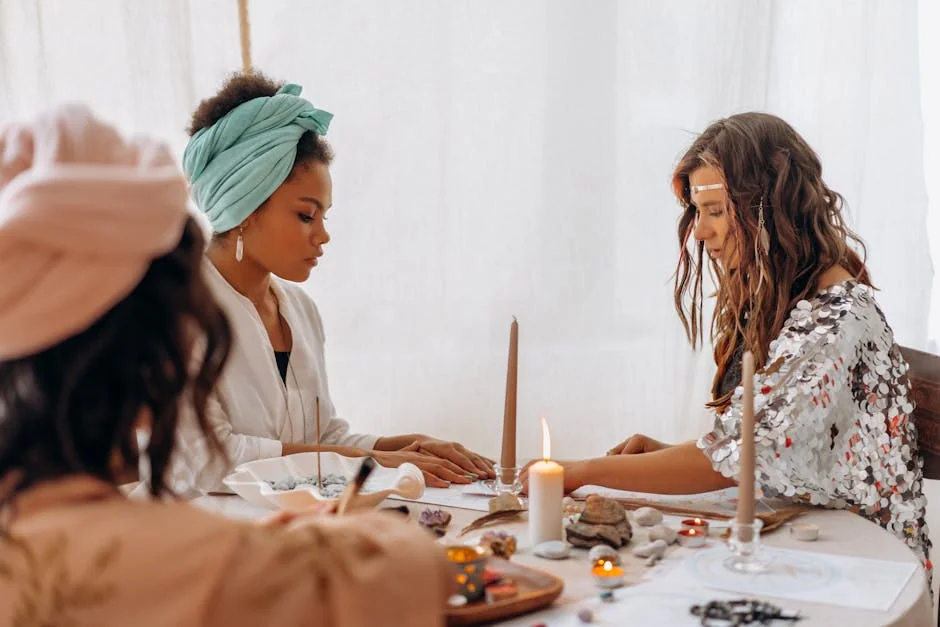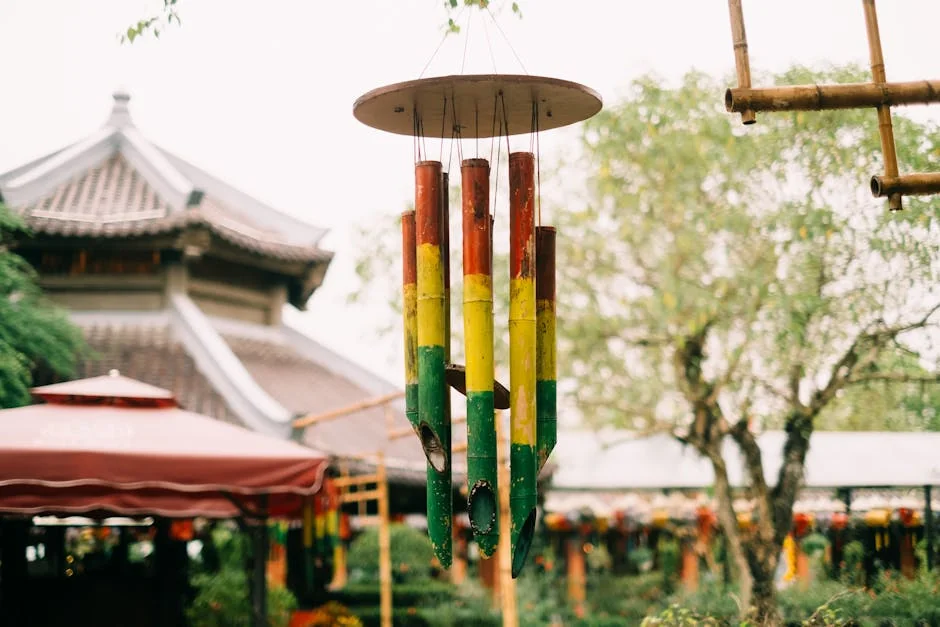In a world that never stops buzzing, have you ever felt a quiet pull to just pause and listen to the silence within? You're not alone. Many of us are searching for a way to cut through the noise, to find a sense of calm and clarity amidst the chaos. This is where the timeless practice of meditation comes in—not as an esoteric ritual, but as a practical and profound guide to self-discovery. It’s more than just stress relief; it’s a journey inward to understand your true thoughts, feelings, and the very essence of who you are beyond the daily hustle.
This article is your friendly and comprehensive roadmap. We’ll demystify the process, breaking it down into simple, actionable steps. You will learn not only the fundamentals of how to actually meditate but also how to weave mindfulness into your everyday life, turning ordinary moments into opportunities for insight. Get ready to explore different techniques, navigate common beginner hurdles, and unlock the door to a calmer, more centered, and self-aware you. Your journey inward starts now.
What is Meditation and Why It's Your Path to Self-Discovery
Meditation is not about emptying your mind or achieving a state of eternal bliss. At its core, it is the simple practice of training in awareness. By sitting quietly and observing your thoughts, feelings, and bodily sensations without judgment, you begin to untangle yourself from them. You are not your rushing thoughts or fleeting emotions; you are the awareness behind them. This fundamental shift in perspective is the first and most powerful step in self-discovery. It allows you to see your mental patterns clearly, understand your triggers, and connect with a deeper sense of peace that exists beneath the surface noise of daily life.
Preparing for Your Practice: Setting the Scene for Success
You don't need special equipment to begin, but a little preparation can make your first sessions much smoother.
- Find a Quiet Space: Choose a spot where you're unlikely to be interrupted for a few minutes. For more guidance, see our tips on how to set up a meditation space.
- Set a Time Limit: For beginners, even 5 to 10 minutes is perfect. Use a gentle timer so you're not tempted to check the clock.
- Sit Comfortably: You don't need to twist into a lotus position. Sit on a cushion on the floor, in a chair with your feet flat on the ground, or even on your bed. The key is to keep your back relatively straight to aid alertness.
- Wear Comfortable Clothes: Anything that doesn't restrict your breathing or distract you is ideal.
A Simple Guide to Your First Meditation Session
This is a foundational practice centered on mindful breathing.
- Take Your Seat: Settle into your comfortable, dignified posture. Gently close your eyes or lower your gaze.
- Notice Your Body: Bring your attention to the physical sensations of your body. Feel the points of contact with the chair or cushion, the weight of your hands in your lap.
- Follow the Breath: Turn your focus to your breath. Don't try to control it. Simply notice the natural rhythm of each inhale and exhale. Feel the air entering and leaving your nostrils, or the rise and fall of your chest or abdomen.
- Gently Guide Your Attention Back: Your mind will wander. This is not a sign of failure; it is the entire point of the practice. The moment you realize you've been carried away by a thought, gently and kindly return your focus to your breath. This act of noticing and returning is like a rep for your awareness muscle.
Exploring Different Meditation Techniques for Deeper Insight
Once you're comfortable with breath awareness, you can explore other paths inward. If you're looking for more structure, our guide on the best way to learn how to meditate can help you find the right technique for you.
Body Scan Meditation
This involves slowly moving your attention through different parts of your body, from your toes to the top of your head. Simply notice any sensations you feel—warmth, tension, tingling, or nothing at all—without trying to change them. This builds profound mind-body connection.
Loving-Kindness Meditation
This practice directs feelings of goodwill and compassion, first toward yourself and then outward to others. You silently repeat phrases like, "May I be happy. May I be safe. May I be healthy. May I live with ease."
Navigating Common Challenges for Beginner Meditators
- "I Can't Stop Thinking": This is the most common "problem." Remember, the goal isn't to stop thoughts, but to become aware of them. Each time you notice your mind has wandered and gently bring it back, you are succeeding.
- Physical Discomfort: Some restlessness or itchiness is normal. If it's minor, try to just observe the sensation. If it's significant, feel free to adjust your position mindfully and then return to your focus.
Weaving Mindfulness and Meditation into Daily Life
The true power of meditation is revealed when you bring that quality of non-judgmental awareness off the cushion and into your day. You can practice mindfulness anywhere.
- Mindful Eating: Notice the colors, smells, textures, and tastes of your food.
- Mindful Walking: Feel the sensation of your feet touching the ground with each step.
- Mindful Listening: When someone is talking, give them your full attention without planning your response.
The Journey Inward: Your Path to Continuous Self-Discovery
Meditation is a lifelong journey, not a destination. There is no final finish line, only a deepening understanding of yourself. Some days your mind will feel calm, other days it will feel like a storm. The consistency of showing up for yourself is what matters. With each session, you are carving out a new neural pathway, one that leads away from reactivity and toward conscious response. This path of self-discovery reveals the calm, clear, and compassionate person who has been there all along.
In closing, the journey of meditation is a profound return to the self. By establishing a consistent practice, even for just a few minutes each day, you create a sanctuary of calm amidst life's chaos. The key takeaways are simple: begin with focused attention on the breath, acknowledge wandering thoughts without judgment, and gently guide your focus back. This process is not about achieving a blank mind but about cultivating a gentle awareness of your present-moment experience. The true power of meditation lies in this consistent return to awareness, which gradually strengthens your capacity for clarity and emotional balance. This practice is your personal pathway to uncovering a more centered, resilient, and authentic you. The door to self-discovery is always open; you need only take a seat, breathe, and begin. Your journey inward awaits.



